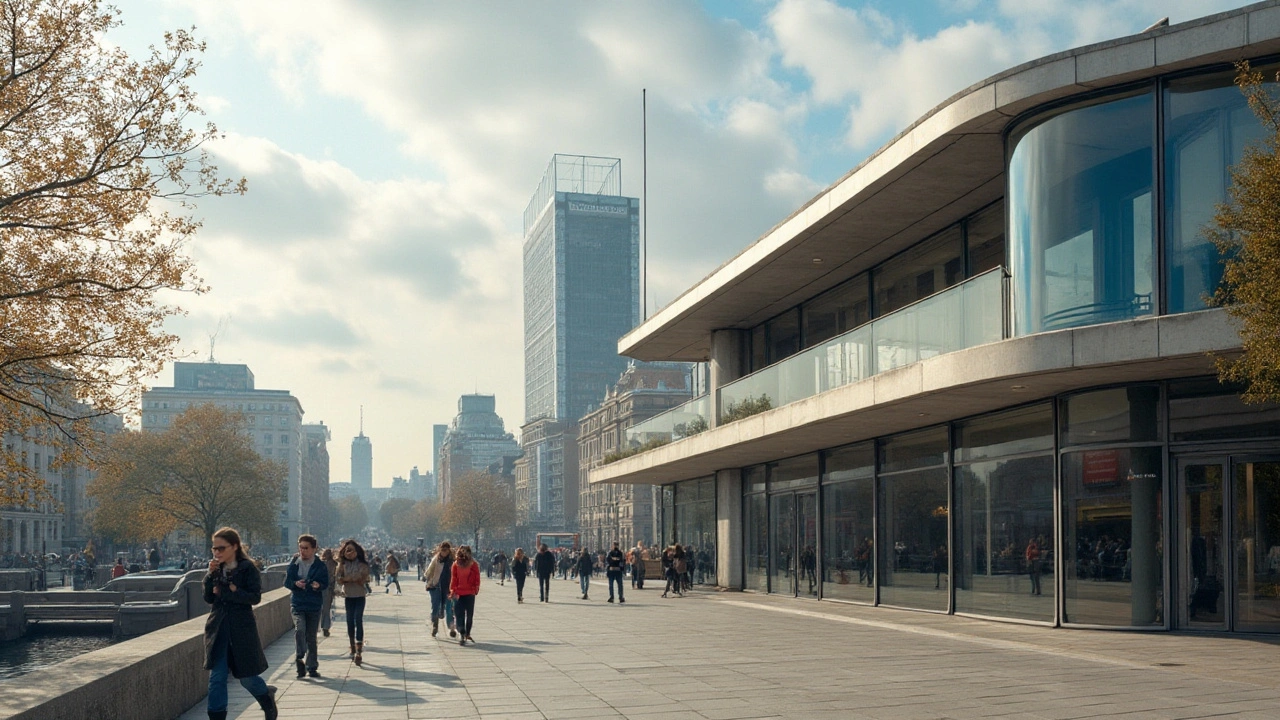International Style is a globally recognized architectural and design movement that emphasizes open interior spaces, industrial materials, and simple, clean lines. Originating in the 1920s and 1930s, it has significantly influenced structures worldwide, leaving a mark on both public and private buildings. This style is known for its versatility and how it adapts to diverse cultural aesthetics. By exploring its key elements, one can appreciate its impact on modern design and architecture. This article delves into the origins, characteristics, and influence of International Style, offering insights into its enduring appeal.
Architecture Trends You Can See and Use Today
Trends in architecture change the look of our cities faster than you think. Some trends recycle old styles—think Beaux‑Arts or Greek Revival—while others push forward with glass, steel, and smart systems like High‑Tech or Neo‑Futurism. Want to know which trends matter and how to use them without dating your project? Read on.
How to spot a real trend (not just hype)
Look for patterns that cross cities, not just Instagram feeds. If builders in different regions start using the same materials, window types, or street-level details, that’s a real trend. For example, Mid‑Century Modern pieces keep popping up in renovations and new interiors because they’re simple, functional, and affordable to source. On the flip side, revival styles like Colonial and Renaissance keep reappearing in public buildings and homes when communities want a sense of identity or permanence.
Ask three quick questions: Is the style solving a real problem (light, heat, cost)? Are manufacturers producing matching products? Are local planners or preservationists supporting it? If the answer is mostly yes, the trend will last longer than a few glossy posts.
Practical tips to use trends without going stale
Mix, don’t mimic. Pair a modern high‑performance facade with a classical entryway or a preserved Beaux‑Arts interior. That gives you fresh functionality while keeping local character. Use durable materials—concrete innovations inspired by Roman techniques, or weathered steel from High‑Tech projects—to make trendy looks last.
Focus on performance: sustainability and comfort are now the backbone of long‑lasting trends. Incorporate passive shading, cross‑ventilation, or smart glazing from High‑Tech and Neo‑Futurist practices. These choices make a building look current and reduce long‑term costs.
Scale matters. Playful Postmodern forms look great on landmarks and galleries but can overwhelm a small house. For residential projects, pull one or two trend elements—an arched window from Mediterranean Revival or a clean Bauhaus line—rather than a full style swap.
Preserve what works. Historic styles like Georgian or Baroque carry cultural value. If your site includes heritage elements, repair and integrate them into new designs. This approach respects place and taps into the ongoing trend of adaptive reuse.
Finally, test on a small scale. Try trend experiments in interiors, extensions, or landscaping before committing to a full rebuild. That lowers risk and gives real feedback from users and neighbors.
Trends will keep shifting, but good choices—mixing function, materials, and context—make your building feel both current and lasting. Want help picking the right trend for a specific project? Tell me the site, budget, and vibe you want, and I’ll suggest options that fit.
Well, folks, get ready to feast your eyes on something really grand! The grand old dame, Tudor architecture, is making a smashing comeback like a rock star on a world tour! I mean, who wouldn’t fall in love with those steeply pitched roofs, half timbering, and tall, narrow windows? It's like stepping into a Shakespeare play, without the tragedy, of course! From homes to hotels, this trend is becoming the talk of the town and definitely one to watch, so grab some popcorn and enjoy the show!


